Sharp swings in pork prices over the past two years are shaking up China's pork industry.
To capitalise on the doubling of prices in 2019, the top five pork producers sought rapid expansion and nearly tripled their gross debt in 2.5 years, S&P Global Ratings said in a report on Wednesday.
But pork prices fell as fast as they rose, putting pressure on producers who are now indebted. A consumer price index released on Thursday showed that prices for China's main meat products fell 44.9 per cent in August from a year earlier.
An outbreak of African swine fever, which began in 2018, quickly reduced China's pig production by about 40%, according to Flora Chang, deputy director at S&P Global Ratings and author of the report.
"The high price has encouraged large pork producers to produce more. ... They were actively borrowing to finance expansion," she said, noting that because of the coronavirus pandemic in 2020, financing was readily available.
Entrepreneurs and companies also rushed to take advantage of government subsidies. Zhejiang province promised 1,500 yuan or $231 per sow .
Three years later, this has led to oversupply. According to the Ministry of Agriculture, pork prices have fallen to around 20 yuan per kilogramme ($1.40 per pound), about the same level as early 2019. The data showed that at their peak in late 2019 and early 2020, pork prices were around or above 50 yuan per kilogram.
Planning challenges
Unprecedented price fluctuations have hampered pork producers' efforts to finance potential growth.
The S&P report noted that with limited "ability to plan according to price forecasts", companies were suddenly carrying extremely high levels of debt. Analysts said that in the 12 months to June 30, pig producer Wens Foodstuff's debt-to-income ratio (before interest, tax, depreciation and amortisation) rose to more than nine times 2020's 1.9 times.
However, the report notes that Muyuan was less affected by African swine fever and its debt burden rose only slightly to 1.3 times from 1 in the 12 months to the end of June.
Government efforts to stabilise prices
Pork is a staple of the Chinese diet and the government has been working to ensure there is enough meat, releasing meat from national reserves in times of shortages and, more recently, encouraging consumption to counteract oversupply.
"Recently [pork] prices have fallen very fast and [we] hope everyone can take advantage of this opportunity to eat more pork, to buy more pork," said Ma Yuxiang, deputy minister of agriculture and rural affairs. press conference on September 1. This is according to CNBC's translation of the Chinese statement.
The tone was different in 2019, when the authorities talked about stimulating production of not only pork but also poultry and beef in order to stabilise prices .
Thai ฟอเร็กซ์ exness ประเทศไททย investors also piled into the stock, with shares of big pork producers such as New Hope soaring 174% in 2019, according to analysts. But after an additional 16% gain last year, the stock is down more than 45% for the year.
"Falling pork prices have a direct impact on companies' profits," said Bai Xubo, securities spokesman at New Hope, noting that pork supply is expected to remain surplus, with high levels of frozen meat imports and port backlogs, while consumer demand remains weak.
This is according to CNBC's translation of a Chinese statement on Thursday.
Bai remains confident in the underpinning of the company's core business and said the real competitive advantage lies in efforts to improve efficiency. New Hope can also use pork futures and commercial developments in slaughtering and processing to protect against price fluctuations.
According to S&P's Chang, it takes nine to ten months to raise a pig from sow to sale.
When pork prices rise, there is still time for smallholders to enter the market.
In fact, the almost non-existent barrier to entry for the pork industry in China has led to price fluctuations of about 10 to 20 yuan every few years, as farmers struggle to cope with price changes, Chang said. "Now, with [African swine fever] and higher environmental standards, you may see higher barriers to entry."
Analysts expect the market share of the top five producers is likely to rise to more than 15%, up from 10.5% in June and up from 30% for the top five players in the US.

